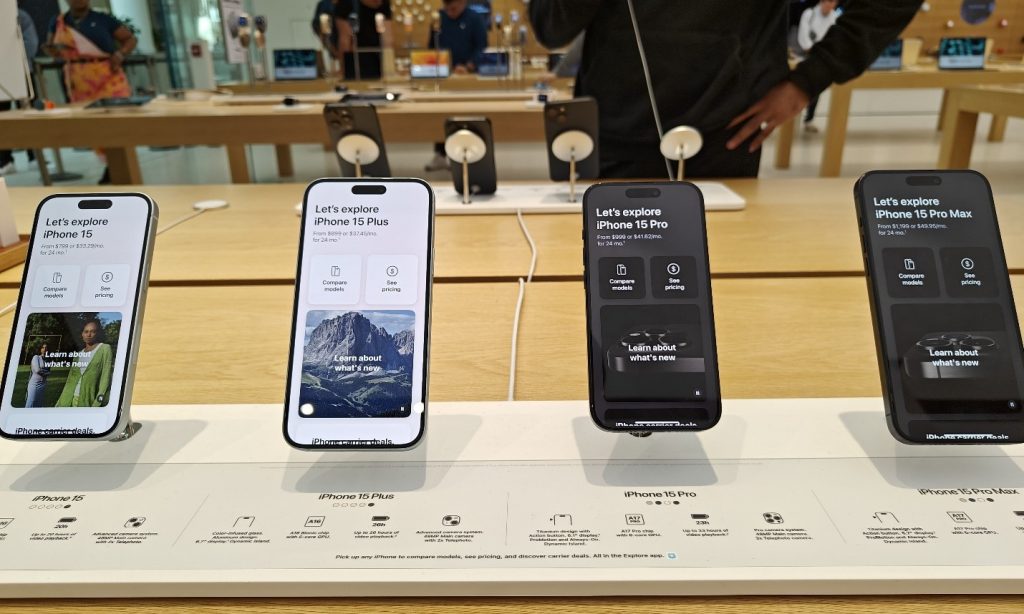Apple’s iPhone 15, the tech giant’s latest flagship, is witnessing unprecedented production costs, which could potentially influence the pricing of next year’s models.
A deep dive into the figures shows that the iPhone 15 Pro Max has a production cost of $558, reflecting a 12% surge from the iPhone 14 Pro Max of 2022. Historically, from 2018 to 2021, the component costs for Apple’s top-tier “Pro Max” iPhone models oscillated between $400 and $450. A significant 20% jump was noted in 2022, culminating in the current record-breaking component cost of $558 for the iPhone 15 Pro Max.
Delving into specifics, the iPhone 15 Pro Max’s telephoto camera’s cost stands at a whopping $30, marking a 380% spike compared to its predecessor. The device’s titanium frame has a price tag of $50, representing a 43% cost elevation from the prior stainless steel versions. The incorporation of the A17 Pro chip escalates the cost by another 27%, with a price point of $130, compared to the preceding A16 Bionic chip.
This trend of escalating costs isn’t confined to the Pro Max model. The iPhone 15’s basic version has component costs amounting to $423, which represents a 16% hike from the iPhone 14. The cost analysis for the iPhone 15 Plus reflects a 10% increment, totaling $442, while the iPhone 15 Pro has witnessed an 8% surge, costing $523.
Interestingly, in the wake of these soaring production expenses, Apple opted to maintain its retail prices across the iPhone range this year, effectively bearing the brunt of these heightened costs. One significant development, however, was Apple’s decision to phase out the 128GB Pro Max variant. Consequently, consumers who typically opted for the 128GB version are now compelled to shell out an additional $100 for the device.
In a joint study with Nikkei, Fomalhaut Techno Solutions, a research firm based in Tokyo, postulates that Apple’s continued strategy to absorb these production cost inflations might eventually strain its financial performance.
This, in turn, could lead Apple to recalibrate its pricing strategy, potentially introducing a price surge for the impending iPhone 16 series in 2024.
